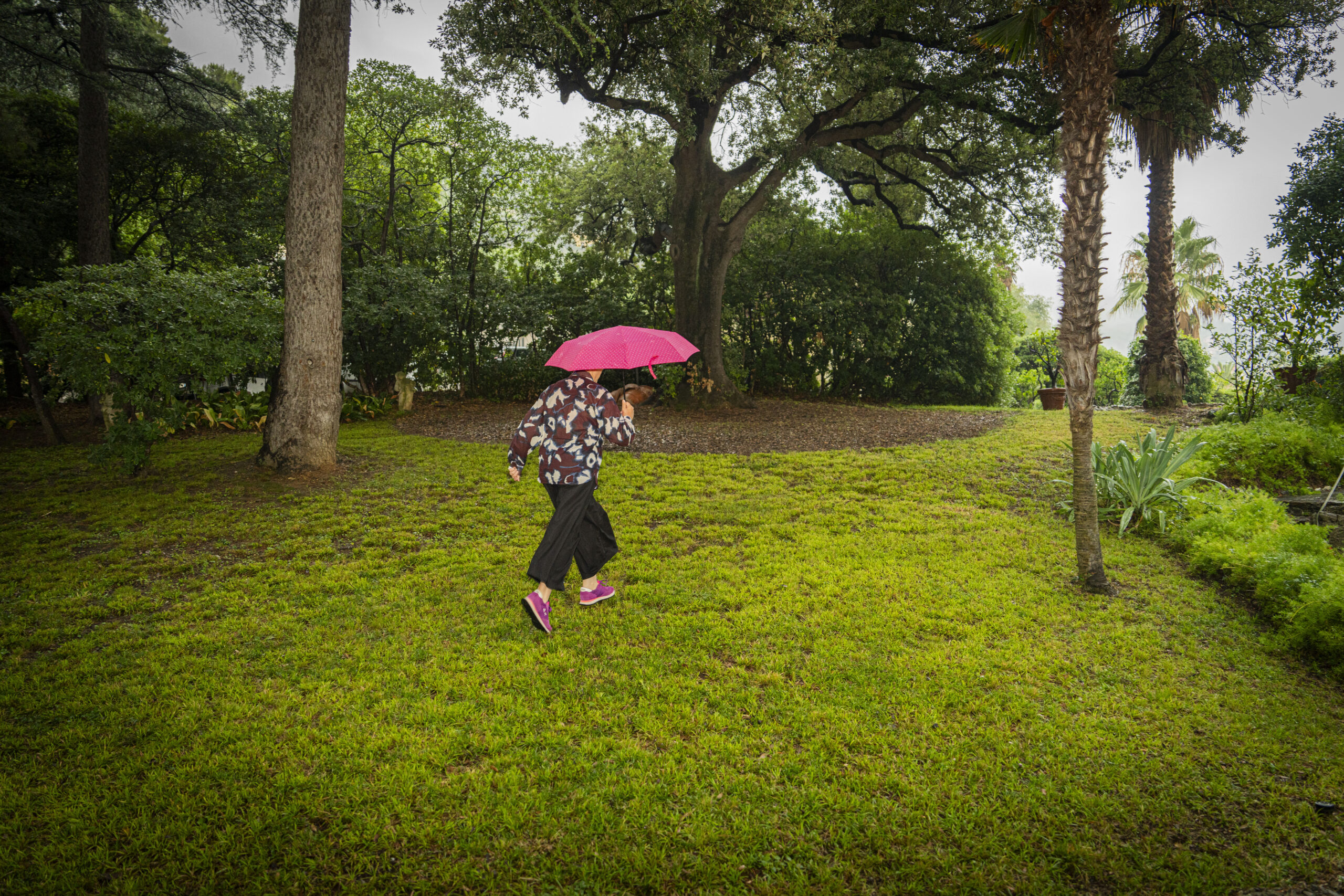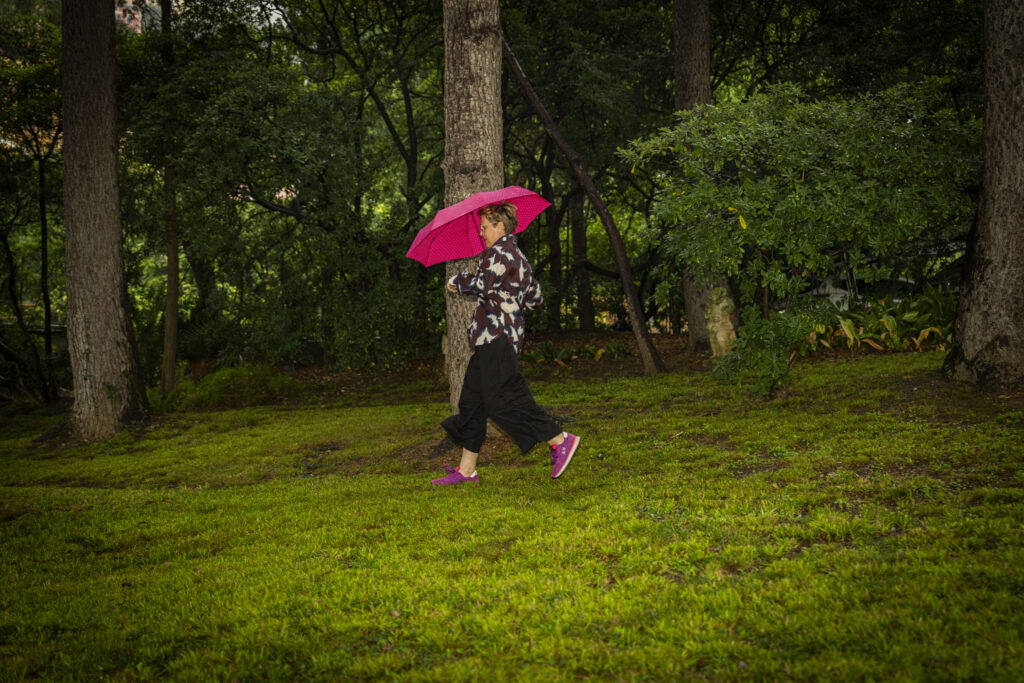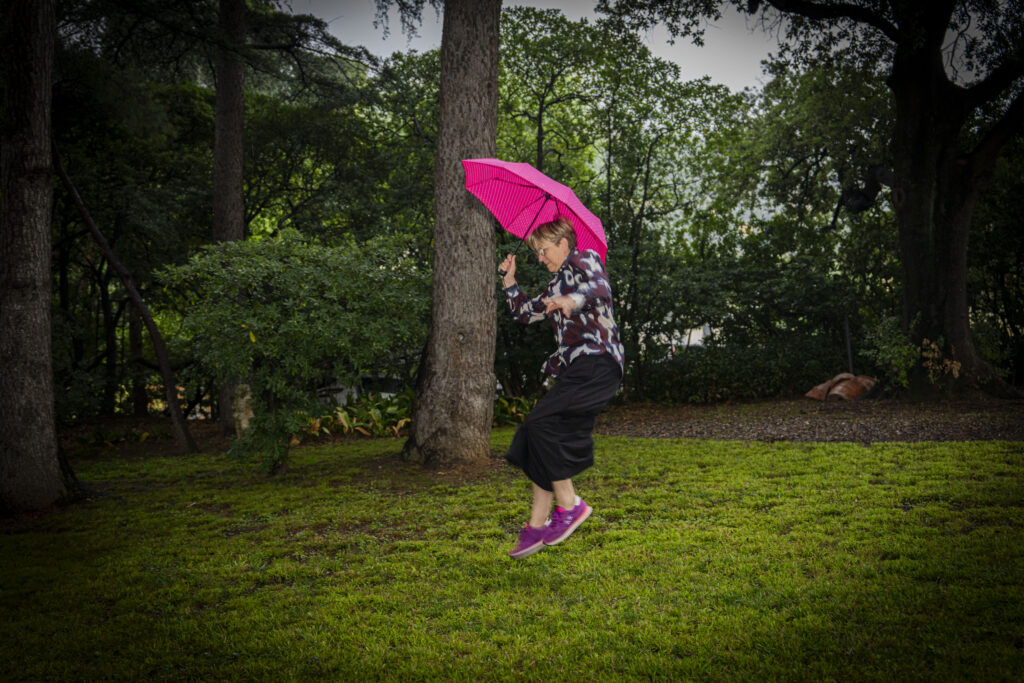
Katrien Jacobs
is Adjunct Associate Professor in Cultural Studies at the Chinese University of Hong Kong. She is also an Associate Researcher in the Department of Languages and Cultures at the University of Ghent. Jacobs has lectured and published widely about sexuality and gender in and around digital media, contemporary arts and online activism. She received several Hong Kong government-funded GRF grants and authored four books about Internet culture and gender/sexuality. She is working on a new book and art project that are critical enquiries into online deepfake and AI technology and their impact on private and public lives. She currently lives in Antwerp, Belgium.
In 2022 she published Tit-For-Tat Media: The Contentious Bodies and Sex Imagery of Political Activism (London and New York: Routledge, 2022). The book examines social media discourses in China, Hong Kong and the EU in the field of online activism and sex/gender politics with a particular focus on the protest years of 2018-2020. Presenting a socially engaged theory of “tit-for-tat media” and including case-studies on political movements such as the Alt-right, the pro-democracy movement in Hong Kong, and revolutionary artists in China, this study reveals how visual cultures, including gendered or sexualized imagery, are utilised to influence public perception.
Her first book Netporn: DIY Web Culture and Sexual Politics (Rowman and Littlefield, 2007) received critical claim amongst media scholars for tracking emerging sex and online porn cultures that challenged hetero-sexism in censorship regulations and the economies of corporate expansionism. Her books People’s Pornography: Sex and Surveillance on the Chinese Internet (Bristol: Intellect, 2012) and The Afterglow of Women’s Pornography in Post-Digital China (New York: Palgrave, 2015) were pioneering studies of mainland China’s immersion in new trends in sexually explicit media and gender inclusivity. They were widely commented on in academia and the news media.
Jacobs is an artist-scholar who has produced several art works such as documentaries and performance art pieces alongside her academic, curatorial and ethnographic fieldwork. In 2024 she was granted an art residency at the Bogliasco Center to initiate an art project about restorative deepfakes and body politics.
https://www2.crs.cuhk.edu.hk/faculty-staff/adjunct-professors/katrien-jacobs



